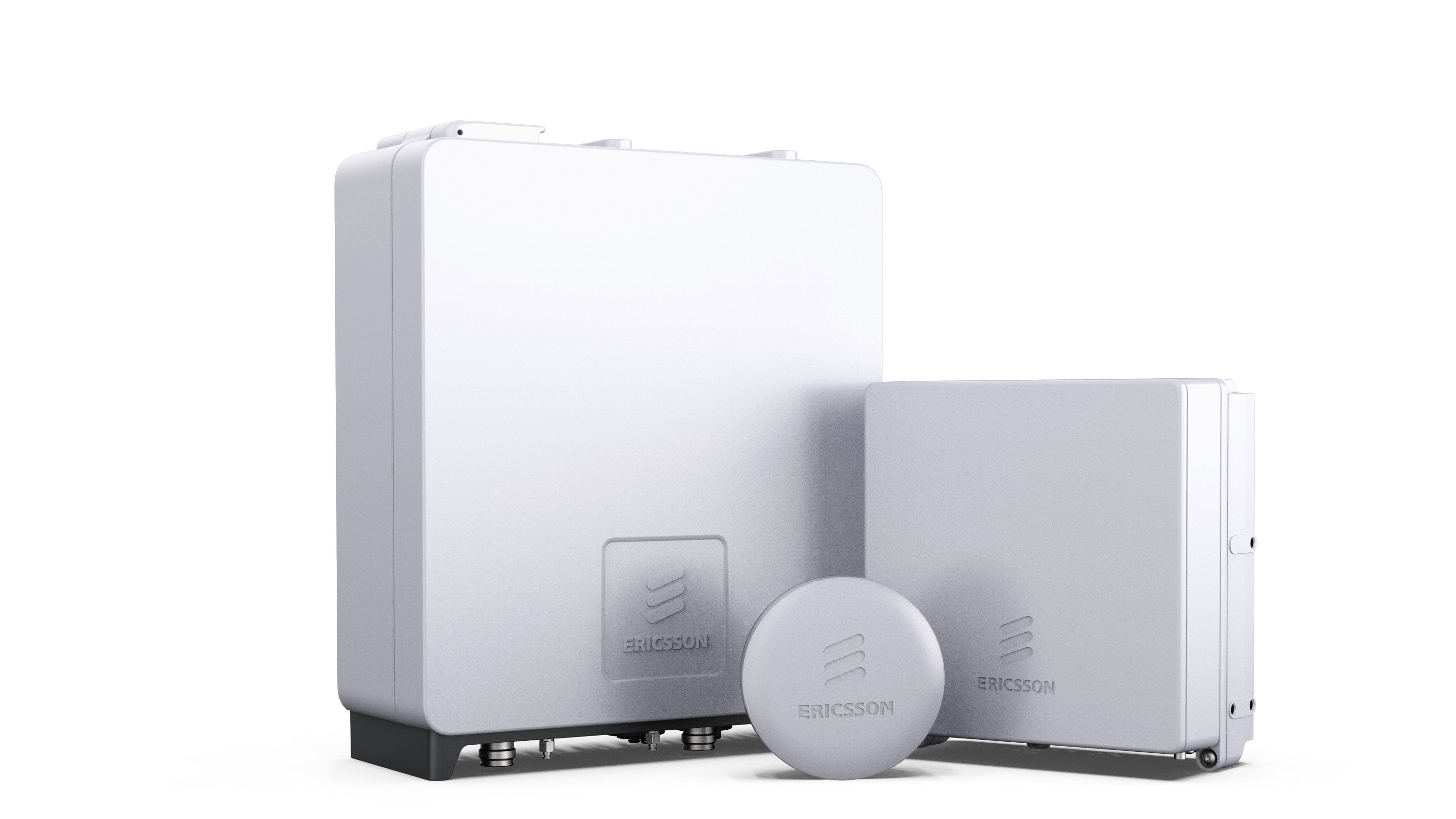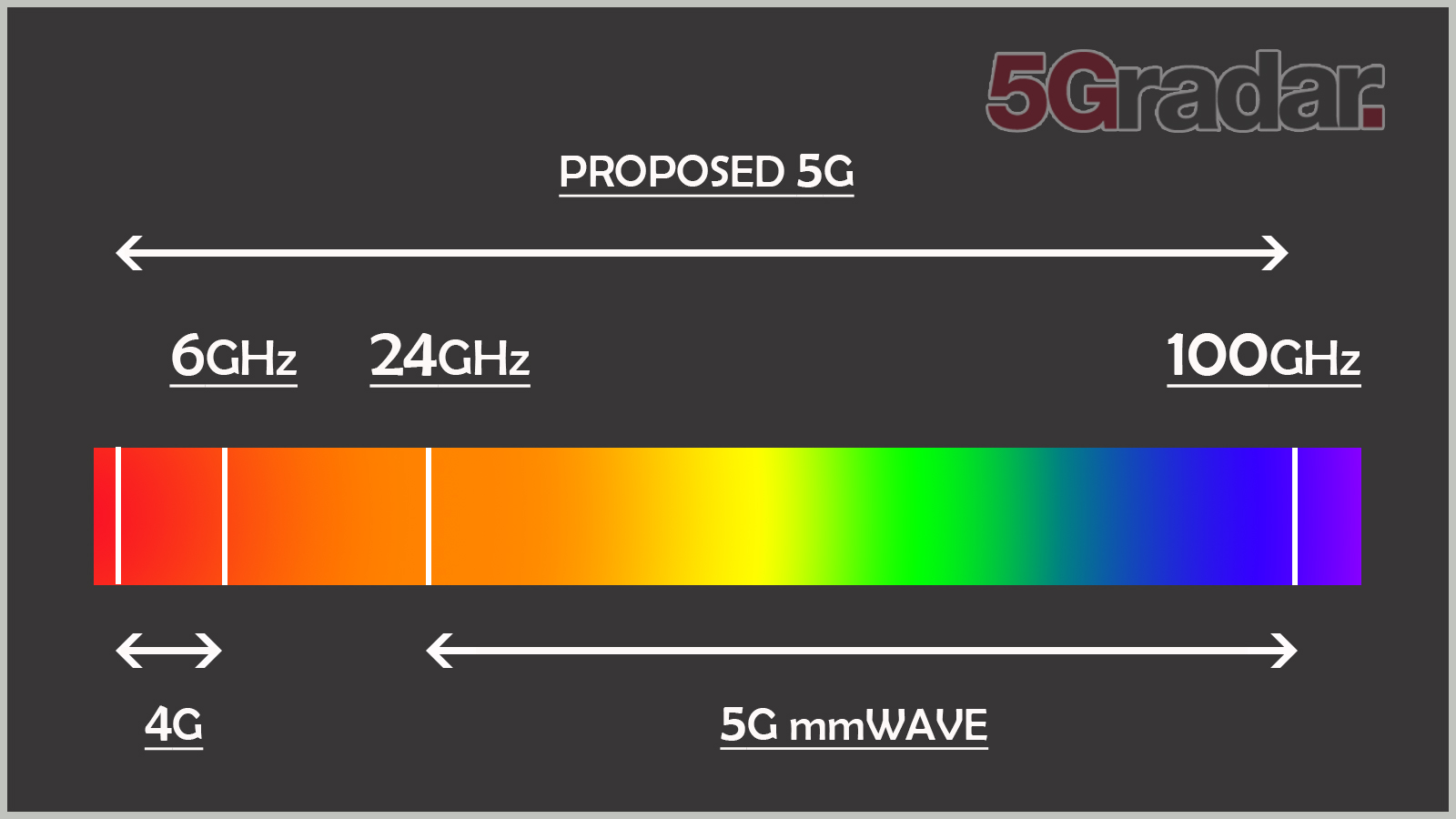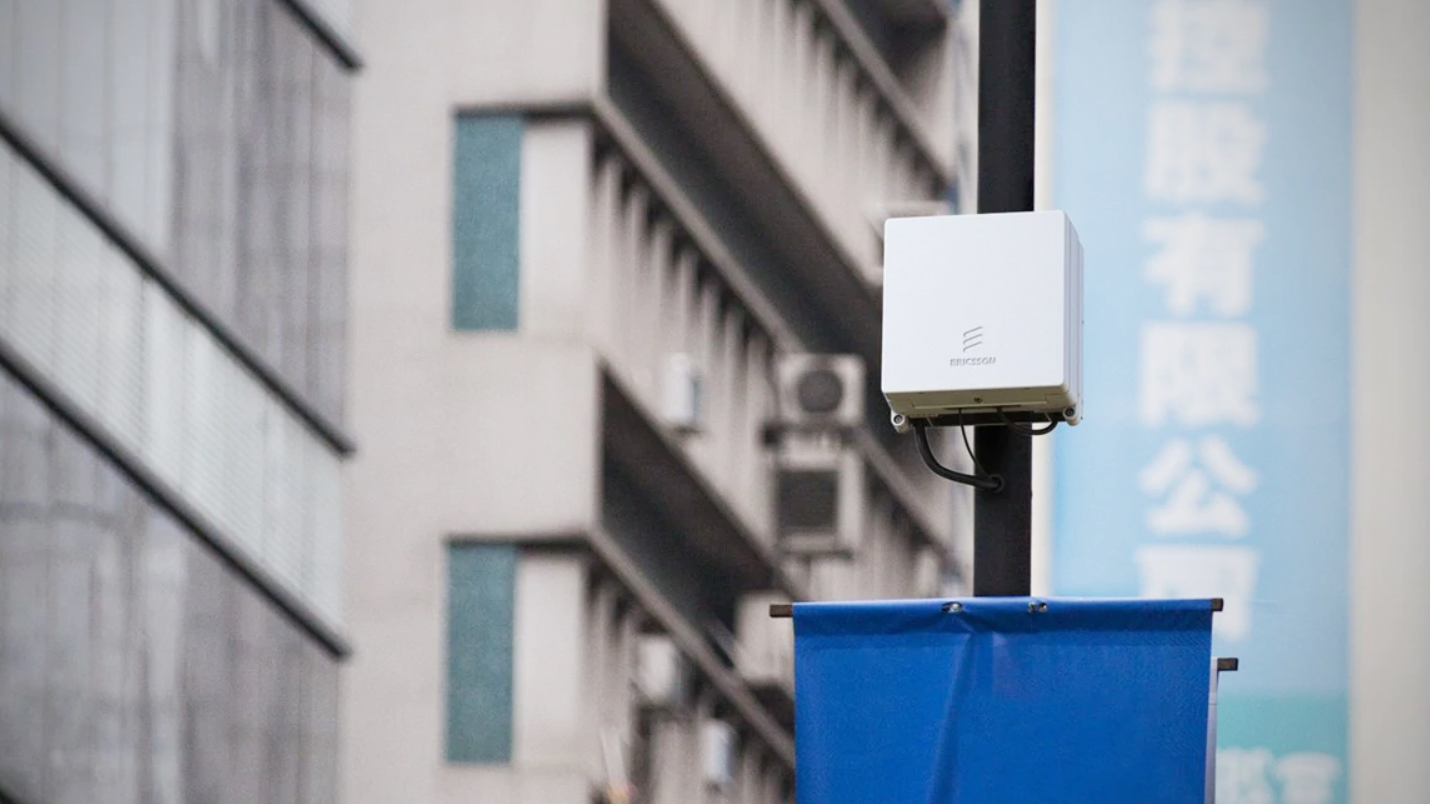5G microinfrastructure: microcells, femtocells and picocells explained
5G will require operators to densify their networks in areas where tall towers aren’t an option. Microinfrastructure is the answer.

In many ways, 5G is no different to any other previous generation of mobile technology, in that it makes more effective use at of the spectrum at its disposal to deliver a significant upgrade over its predecessor.
But although 5G will deliver ultrafast speeds of 1Gbps and above, the capacity and latency enhancements will allow next generation networks to power a range of use cases more diverse and complex than mobile broadband.
Mixed Reality (MR) has the potential to transform entertainment and business, smart health applications could usher in a wellbeing revolution, while massive Internet of Things (IoT) deployments are set to revolutionise industry.
What these use cases have in common is that they will rely on constant, reliable connectivity – something that previous generations of mobile technology have been unable to guarantee.
The mast conundrum
Mobile operators are transforming the core layer of their networks to meet the demands of such a diverse range of user groups, but 5G requires a rethink of the radio layer too. A mixture of low, mid and high range spectrum will be used to satisfy all requirements.
Bands such as the 700MHz will be used to improve coverage over wide areas, while high-level spectrum such as millimetre Wave (mmWave) frequencies will be required for urban areas and bandwidth-hungry applications.

However high range spectrum has low range and poor propagation qualities that make it a challenge to provide coverage – especially in urban areas. As a result, operators will have to densify their networks to maintain reliability.
Get up to speed with 5G, and discover the latest deals, news, and insight!
Traditional masts are not suitable for such a task. 5G towers take up a significant amount of space that cannot be found in a major city like London or New York, and even if authorities could identify a location, the height of the mast would be unsightly and would likely fall foul of local planning laws. That’s before you consider the expense of maintenance and the tower’s power requirements.
5G networks are instead looking at microinfrastructure – compact antennas that are deployed alongside traditional macroinfrastructure.
Microinfrastructure will play a critical role in densifying the network so that devices and applications that require a constant connection can be supported, and so that smartphones in busy, heavily populated urban areas can maintain a signal no matter how many people are around them and where they travel.
There are three types of microinfrastructure that will help assist with this densification, each of which has different advantages and disadvantages – microcells, femtocells and picocells.
Microcells

Microcells are essentially small masts that can be affixed to existing physical infrastructure in areas where it’s impractical to install a full-size mobile tower or even more standard mobile antennas that are found on rooftops of tall buildings.
Microcells don’t take up much space so can be affixed to street furniture such as lampposts, bus shelters or the side of a building. Mobile operators can then provide additional capacity to cover a large number of users in a crowded area – such as a public square, shopping centre or football stadium.
A range of up to 2km is possible, however if the microcell is using high range spectrum such as mmWave, the reality is that buildings and other objects will block the signal. Additionally the number of users might exceed the capacity of the microcell.
This means operators will need to deploy multiple microcells in the desired coverage area. This means the microcells can support a user as they move around and ensure the local macro network isn’t swamped by the additional demand. This means the user gets seamless connectivity, better speeds and possibly even better battery life because they are connecting to a closer cell.
But it’s not just smartphone users that benefit. The additional capacity afforded by microinfrastructure is essential for 5G-enabled machine applications – especially those enabled by ultra-high spectrum. For example, a smart city application might involve hundreds of devices feeding back to the network, while a connected car will need reliable connectivity as it moves around a city. Microcells help satisfy these requirements.
Some of the limitations that apply to macroinfrastructure also apply to microcells. Operators must ensure they have backhaul – either fibre or wireless – at the site. There must be an appropriate power source and operators must have physical access to the site. This might mean complicated or lengthy negotiations with the landowner or through a public authority.
Femtocells

Femtocells are another type of microinfrastructure with a crucial difference. Whereas operators are responsible for the deployment, maintenance and performance of microcells, femtocells are installed and run by an individual user or business.
They are pitched as an easy to way to improve indoor coverage at home or in the office, although recent developments such as Voice-over-Wi-Fi (VoWi-Fi), which allow users to make and receive calls on their smartphone over a local wireless network, may have reduced their appeal.
In addition, femtocells only support a limited number of users and have a far limited range than microcells and picocells – often around 10 metres. Femtocells also tend to operate in isolation, meaning it’s difficult to employ complex array deployments that operators might attempt with other forms of microinfrastructure.
Nonetheless, femtocells are a simple, cheaper option for small businesses who want to improve indoor coverage. For example, an office might want to let staff use their mobile phones during working hours but doesn’t want these devices connecting to a corporate network. Or perhaps a rural pub wants to ensure patrons can ring for a cab home on a Friday night. And the business doesn’t have to wait for the operator to improve the situation.
Even though operators cede control to the end user, there are significant advantages. Because femtocells are user-operated, there is no need for operators to seek planning permission or to source power or backhaul. Femtocells simply connect to a user’s home or office broadband network.
Femtocells have been used by the likes of Vodafone to improve rural coverage during the 3G and 4G eras.
Simply put, femtocells are cheap and easy ways for individuals to improve their indoor mobile coverage even if they lack the features of more advanced options.
Picocells

Picocells can be viewed as a compromise between the high capacity, high range microcell and the short range, simple femtocell. Like microcells, picocells are managed by the operator, which is responsible for deployment, power and backhaul.
However they are cheaper to operate and are smaller, which allows for more flexible placement. The range is smaller than a microcell, typically around 200 metres, as is the capacity.
Picocells are suited for indoor and outdoor connectivity and unlike femtocells, multiple cells can be used in a single location. This means users are handed off from one access point to another as they move around a building – perfect if you are expecting a call on the way from your desk to the kitchen.
In many ways picocells are a compromise option. They are more expensive than a femtocell but offer greater capacity and maintenance is the responsibility of the operator rather than the individual.
Go forth and densify
There’s a reason why mobile operators are so excited about 5G. It was hoped that 4G would allow networks to become more than ‘dumb pipes’ and offer a wider range of applications. However the limitations of network architecture, coupled with the insatiable demand from consumers for data, meant the role of LTE was limited to being a more efficient mobile broadband platform.
5G promises to realise those ambitions, opening up new revenue streams at a time when traditional sources are being squeezed. But a more varied customer base inevitably results in more varied requirements.
Microinfrastructure will help deliver the experience demanded by mobile users and the reliability required by new, innovative applications. Microcells, femtocells and picocells all have a role to play in densification.

Steve McCaskill is a former editor of Silicon UK, and is an experienced journalist. Over the last eight years Steve has written about technology, in particular, telecoms, mobile, sports tech, video games and media.

